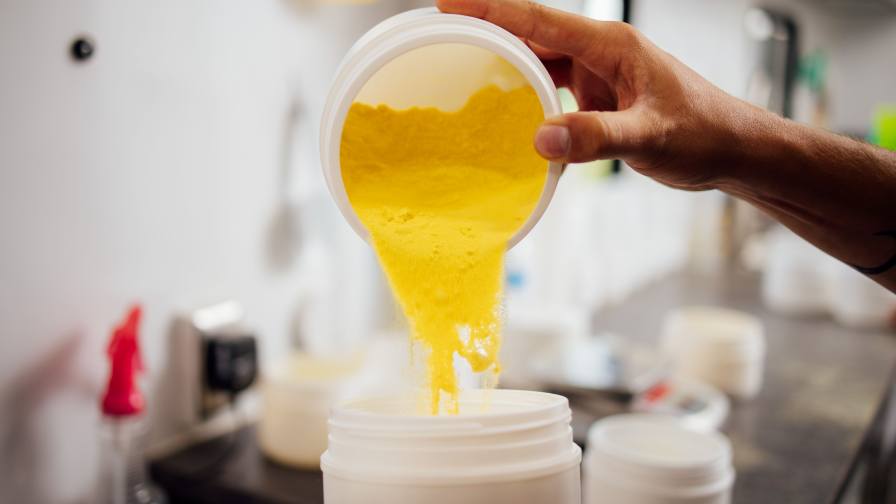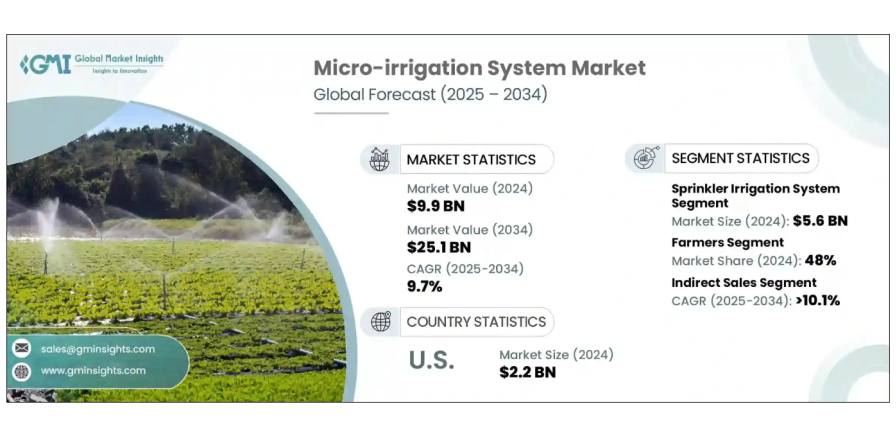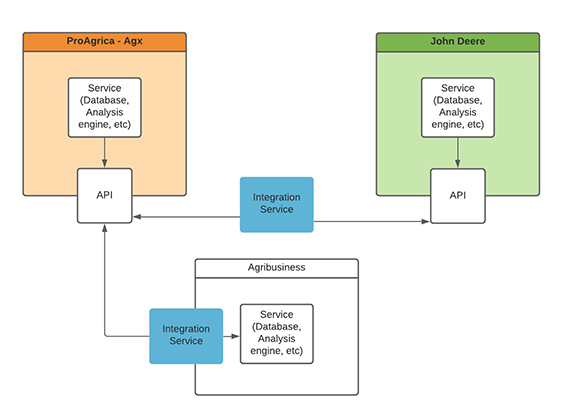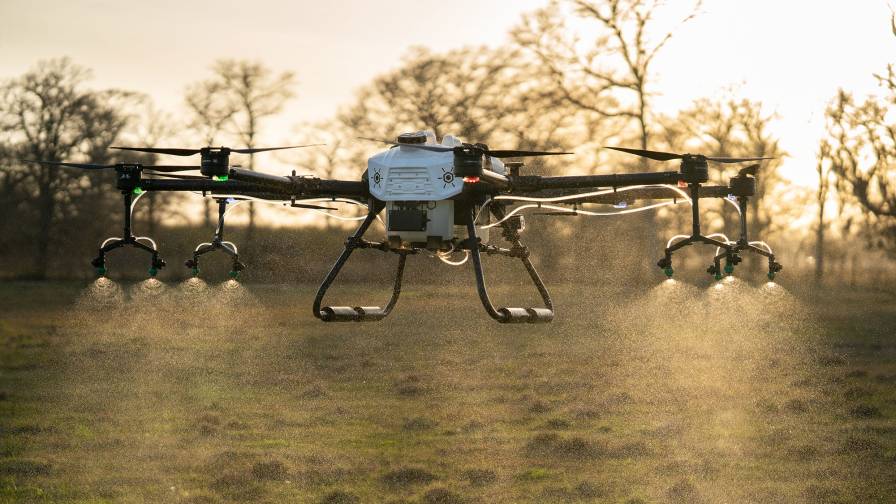Nutrient Cycling and Cover Crops: A Perfect Pair
You can increase crop nutrition with improved nutrient cycling in the soil.
If you took your soil to a doctor for a checkup, would the doctor deem your soil as healthy or in need of a prescriptive treatment? Soil health is a broad term. What does it mean in quantifiable terms?
The once nebulous concept of soil health is gaining notable traction in the ag community. According to USDA’s Natural Resources Conservation Service, more than 75% of Iowa farmers report taking steps to improve soil health on their farms. Farmers who participated in this Iowa State University poll said healthier soils can lead to increased yields and less fertilizer inputs, and even help increase drought resilience.
Nutrient Cycling
“One of the most important functions of a healthy soil is to increase nutrient cycling, which takes advantage of all the potential plant-available nutrients within the soil,” says Megan Kavanaugh, technical product specialist at Sound Agriculture. “A plant’s ability to access soil nutrients provides a very important source of in-season nutrition to the plant.”
MORE BY GLOBAL AG TECH INITIATIVE
Ground Breaking Podcast Episode #10: Seeding a Healthier Plant Through Light Activation
Tech Hub LIVE Marks 5 Years of Ag Tech Innovation in Des Moines This July
Ground Breaking Podcast Episode #9: Satellite-Enabled Water Usage Monitoring
Kavanaugh, a soil scientist by training, has long revered the inherent fertility of soil as an untapped resource of nutrient reservoirs available for crop uptake. “Nutrient cycling is a complex process by which soil microbes convert nutrients that are “locked up” or otherwise unavailable to the plant, such as nitrogen and phosphorus, into plant available nutrients,” she says.
One of the primary parameters for healthy soil is a diverse soil community, including microbes specifically required for nutrient cycling. So, the question becomes how do you increase the diversity of beneficial, nutrient cycling microbes in the soil as a prescriptive measure to increase soil health?
Ways to Increase Nutrient Cycling
“Compelling evidence is beginning to emerge that cover crops increase soil microbial abundance,” Kavanaugh notes. “Cover cropping provides both above- and belowground biomass, including root exudates that are known to boost soil microbial growth.”
Root exudates contain signaling molecules that aid in activation of microbes involved in nutrient cycling. “It’s a highly intelligent system that plants have evolved over time, communicating with soil microbes in exchange for bioavailability of nutrients,” she says.
As complex as this system is in nature, Kavanaugh says there is an in-season way to initiate communication between plant roots and microbes, similar to what cover cropping does off-season.
The complex communication between plant roots and soil microbes was the impetus for a novel active ingredient in Sound Agriculture’s new product, known as Source. “We used our understanding of molecule signaling to develop a product that is applied as a foliar spray, but which facilitates communication between the plant and native soil microbes,” Kavanaugh says.
She says the product can be applied alone or as part of an early-season postemergence herbicide program or late-season fungicide program, and that it is another valuable, novel way to improve nutrient cycling.









